East Liverpool, Ohio is the classic definition of the Rust Belt. Historically, it was referred to as the the “Crockery City” and “Pottery Capital of the World” due to a large number of potteries in the region.

Much like Pittsburgh with its reliance on steel mills and Cleveland with its manufacturing plants, East Liverpool was centered around potteries. The region was favorable for the development of the industry due to ample natural resources, access to newly laid railroads, the Ohio River and an untapped market. Immigrants from England and eastern Europe came to the area in droves.
The city boasted 21 potteries that employed 2,500 by 1887. Consolidation of the industry by the 1920’s reduced the number of pottery companies to 17, but total employment spiked to over 7,000. Operating with 270 kilns with an annual output of $25 million, the city was able to make the claim that it produced more than half of the United State’s annual ceramics output.
Abandoned YMCA


Now-demolished Brookes Building

The pottery industry in the city peaked before the Great Depression of the 1930’s and waned through the remainder of the century. Several factors led to this decline, namely the city’s location. The unforgiving terrain that surrounded the city acted as a geographical barrier towards expansion. Land values were also far higher than the surrounding countryside and towns due to the lack of developable land and railroad access was difficult to obtain due to the density of the river valley.
Some companies began to close when manufacturing innovations, such as the tunnel kiln, became cost prohibitive. New competing products, such as Pyrex and plastic, and increasing foreign competition, caused less efficient companies to shutter. Only six dinnerware potteries and a handful of ceramic manufacturers remained in East Liverpool by 1940. By the end of the 20th century, only three potteries remained in the region.
The demise of the city’s primary industry has caused the population to drop from a high of 26,000 in 1960 to just over 10,000 today. With that decline came a loss of related businesses and industries — and the loss of an identity. The American Dream, once attainable for so many in the working class, has become elusive; the region is now one of the poorest in the nation. Traditional, high-paying blue-collar jobs have been replaced mostly with marginal positions in the service industry.
One of the most unique abandonments in East Liverpool is the Riverview greenhouse, owned and operated for many years by Frank and Rosa Bosco. Designed by local architect Robert Beatty in 1935, the English Tudor-styled building replaced an earlier structure that had been destroyed by fire.
Riverview had become the largest orchid grower and shipper in the United States by the 1950’s. The company boasted 100 full-time and 100 part-time employees.
In 2006, Riverview was acquired by a new family and the business relocated to Sixth Street in 2008. The beautiful English Tudor building and greenhouses were abandoned.
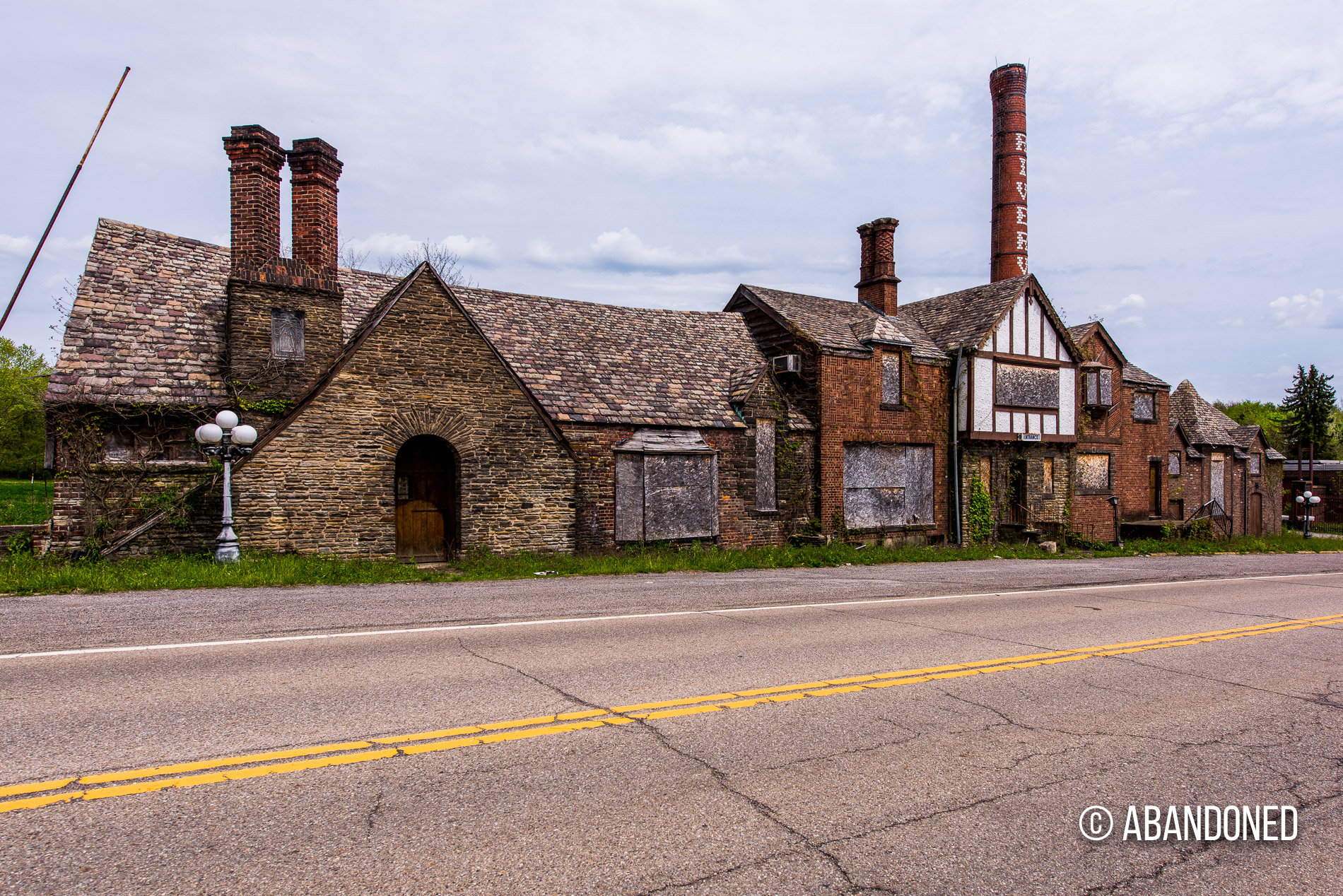



Visible for miles around is the
Crockery City, a former brewery named after the city’s famed pottery industry. It opened in September 1900. The brewhouse was the tallest structure in Columbiana County at the time of its completion and had a capacity of 30,000 barrels of lager and ale per year.
All sales of alcohol became illegal in the state of Ohio in May 1919. In response, the Crockery City Brewing was renamed the Crockery City Ice and Products Company, producing just soft drinks and ice. In October 1919, Crockery City Ice and Products acquired the Tatgenhorst Brothers dairy, organizing a new subsidiary, City Pure Milk and Ice Cream Company.
At the end of Prohibition on April 7, 1933, the brewery reopened. It made available 3.2% beer on April 15 and other selections later in the year. Modern brewing equipment was soon installed, increasing capacity to 65,000 barrels per year. The bottling house was rebuilt, enlarged and modernized over the years. New aging cellars were built in 1948, followed by the addition of automatic refrigeration units in 1950. New steam boilers were added in that year, eliminating all smoke from its smokestack, aiding the smoke abatement program that was underway in East Liverpool.
Financial difficulties forced Webb to declare bankruptcy in September 1951 and the brewery closed on February 9, 1952. United State Federal Tax Agents arrived at the plant shortly after and poured approximately 700 barrels and 9,000 cases of untaxed beer into the Ohio River.
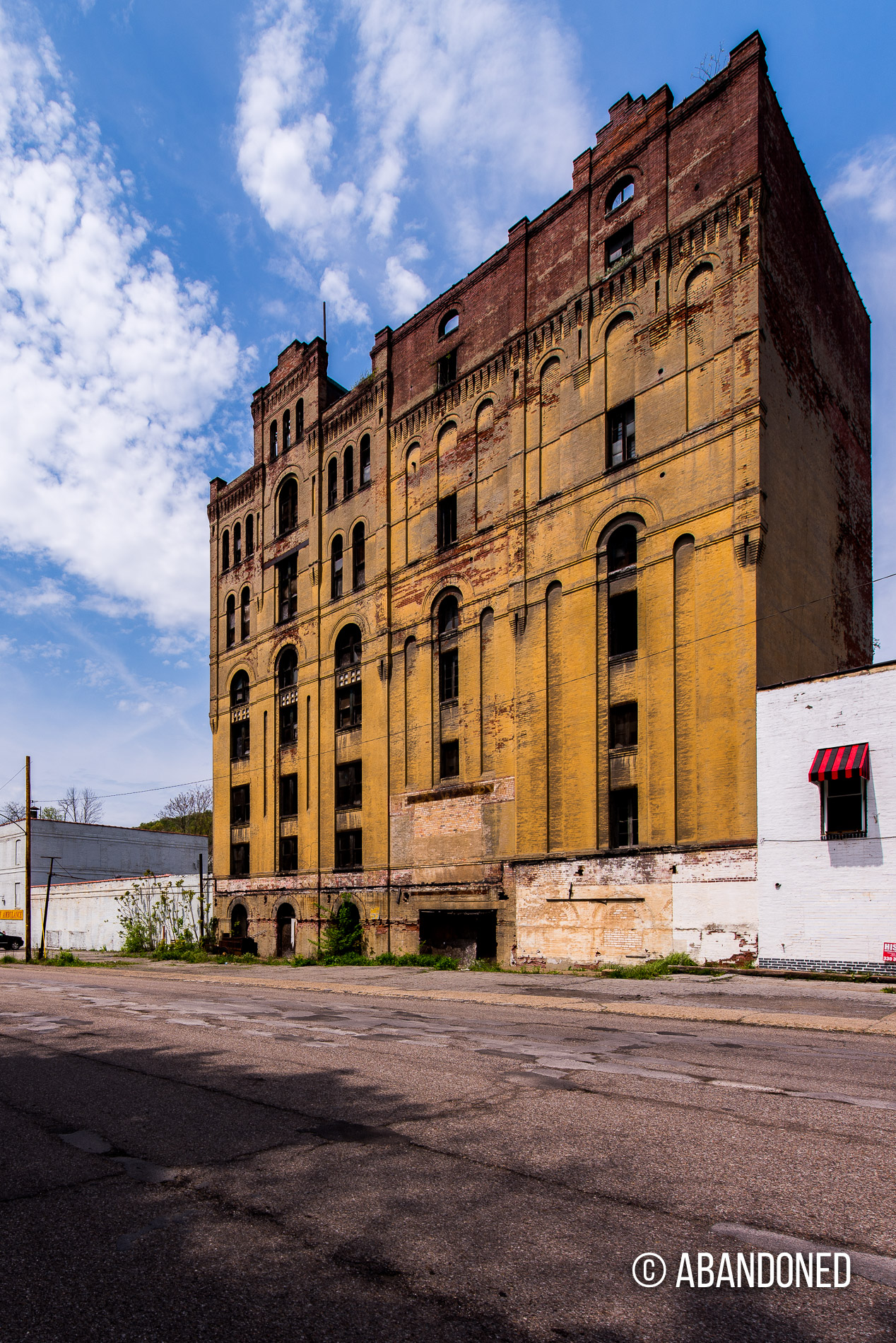

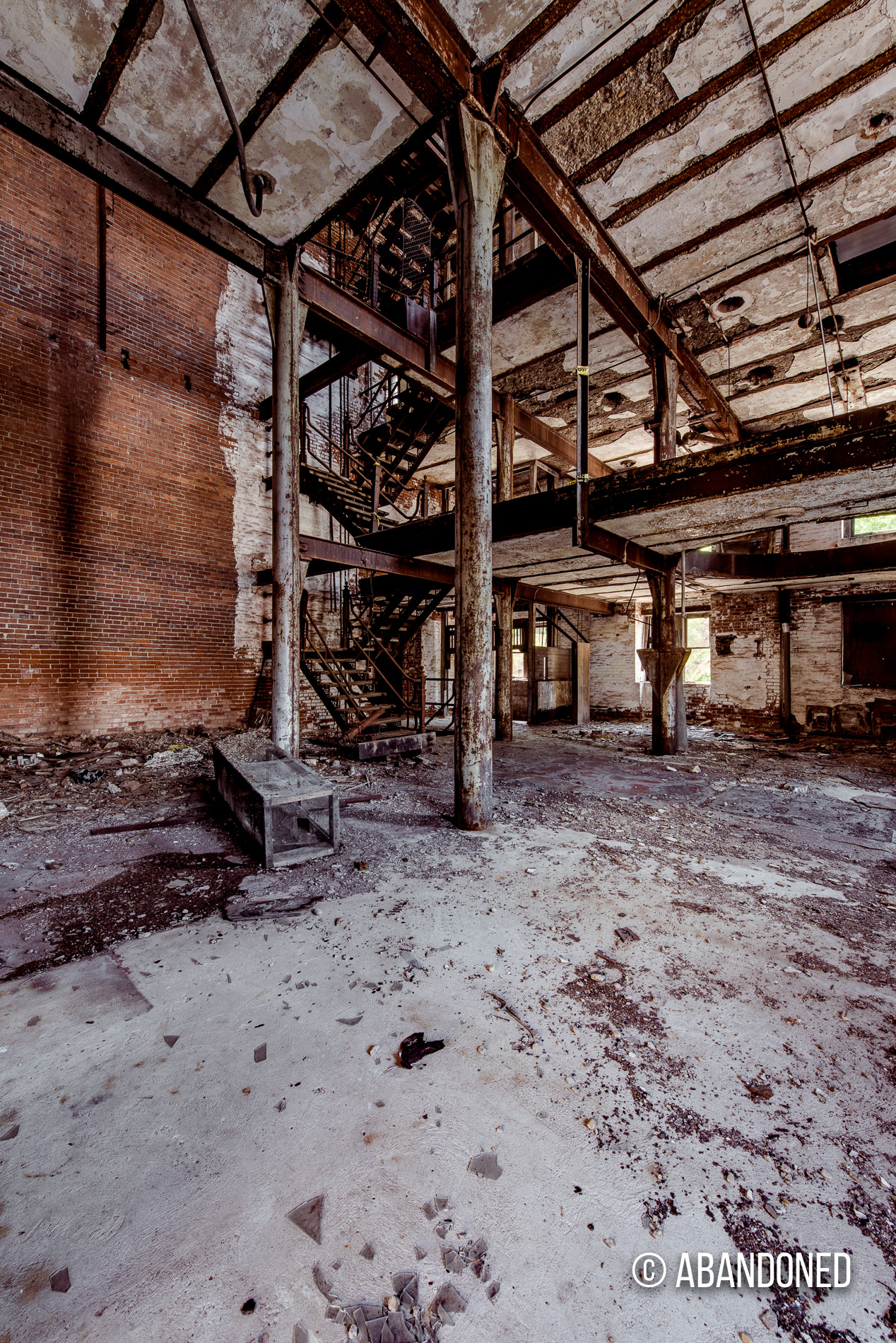


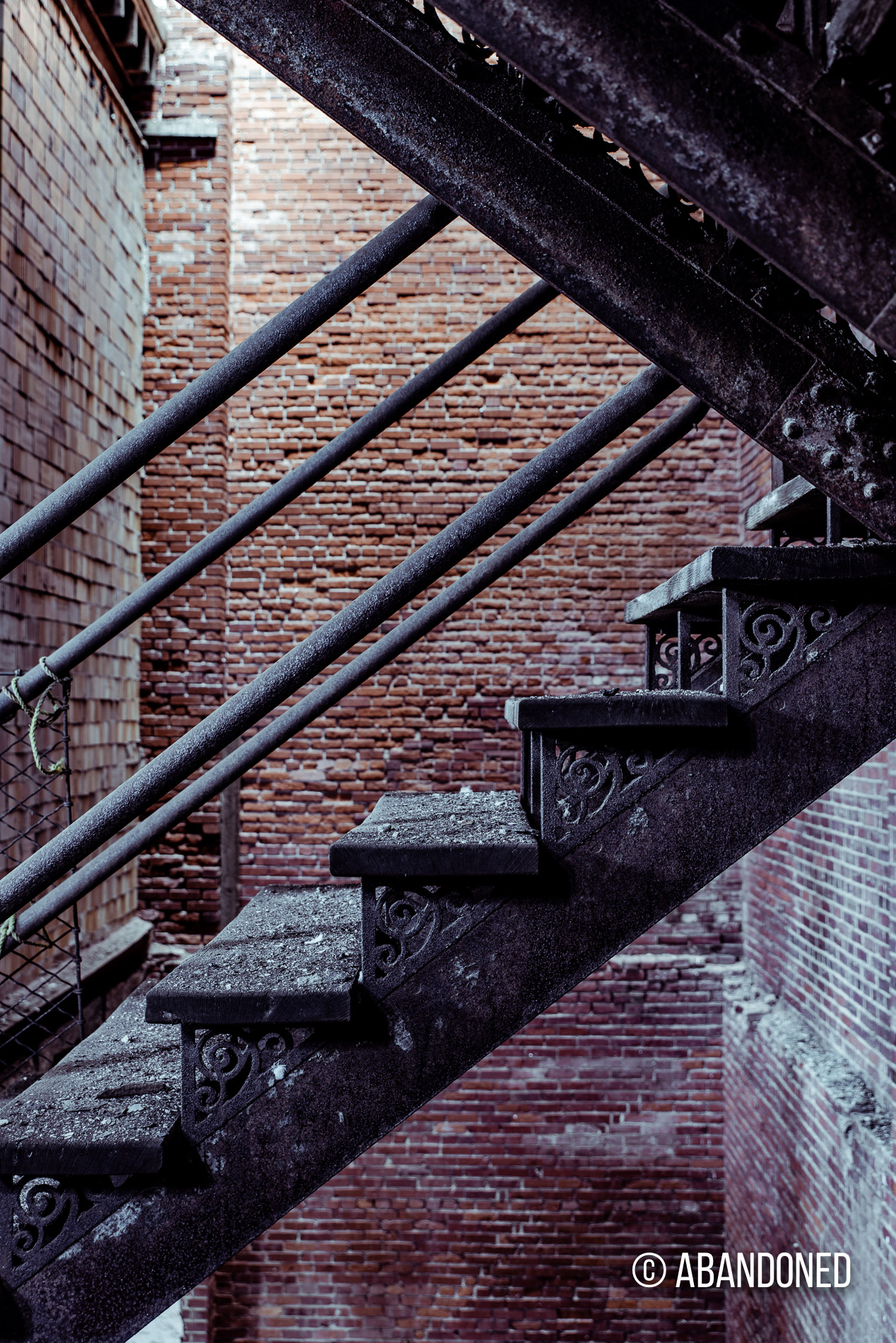
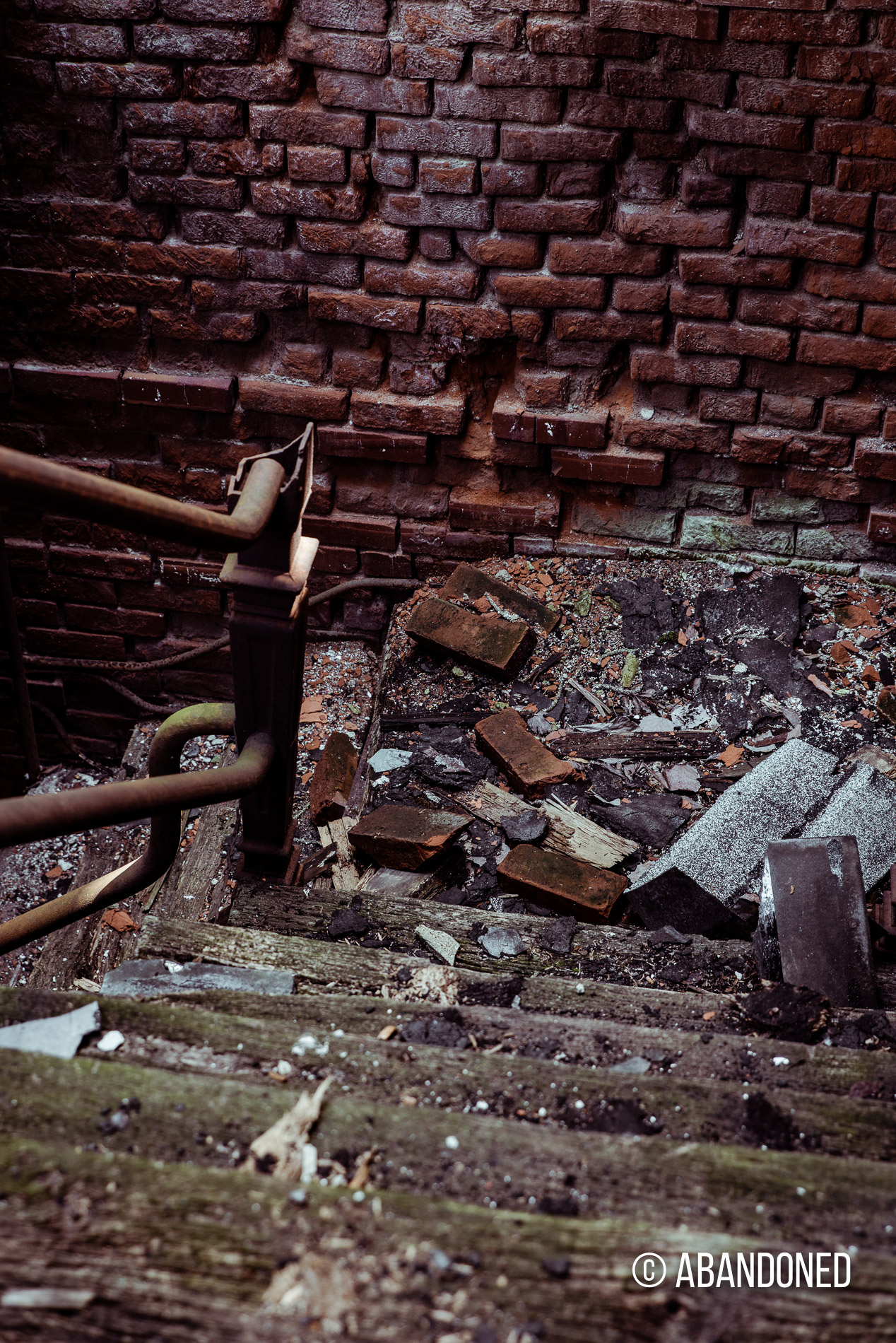




These stairs were barely traversable to the very top. The building has essentially not been maintained since the 1960's and with the brewhouse lacking a roof, it's a surprise that these stairs have not collapsed.

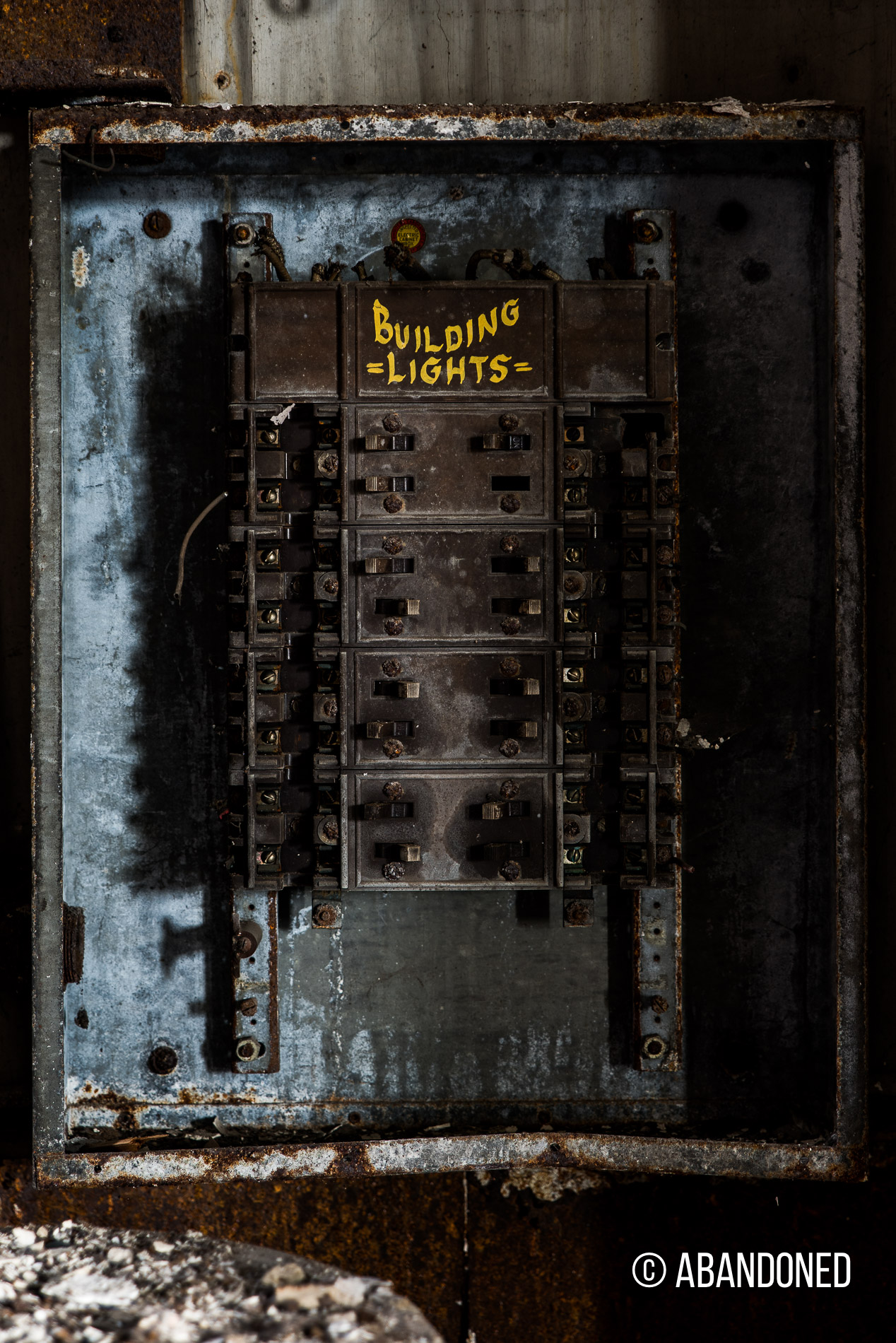
On a sad note, the
Brookes Building was located at the southwest corner of 5th and Market streets in downtown East Liverpool, Ohio. Built in 1898, it was razed in 2016 for Market Street Lofts.


The historic building could have been eligible for state and federal historic tax credits. Instead, the East Liverpool Community Partnership for Revitalization thought it would be more cost effective to replace an ornate corner structure with a bland corporate-designed box.
The building was in solid shape and was a prime candidate for renovations. Interior features like pocket doors, tall windows, and hardwood floors were tossed into the landfill, along with the locally fired clay bricks and trim from the exterior. What replaces the Brookes Building is incredibly cheap, with short vinyl windows, concrete brick and vinyl trim.





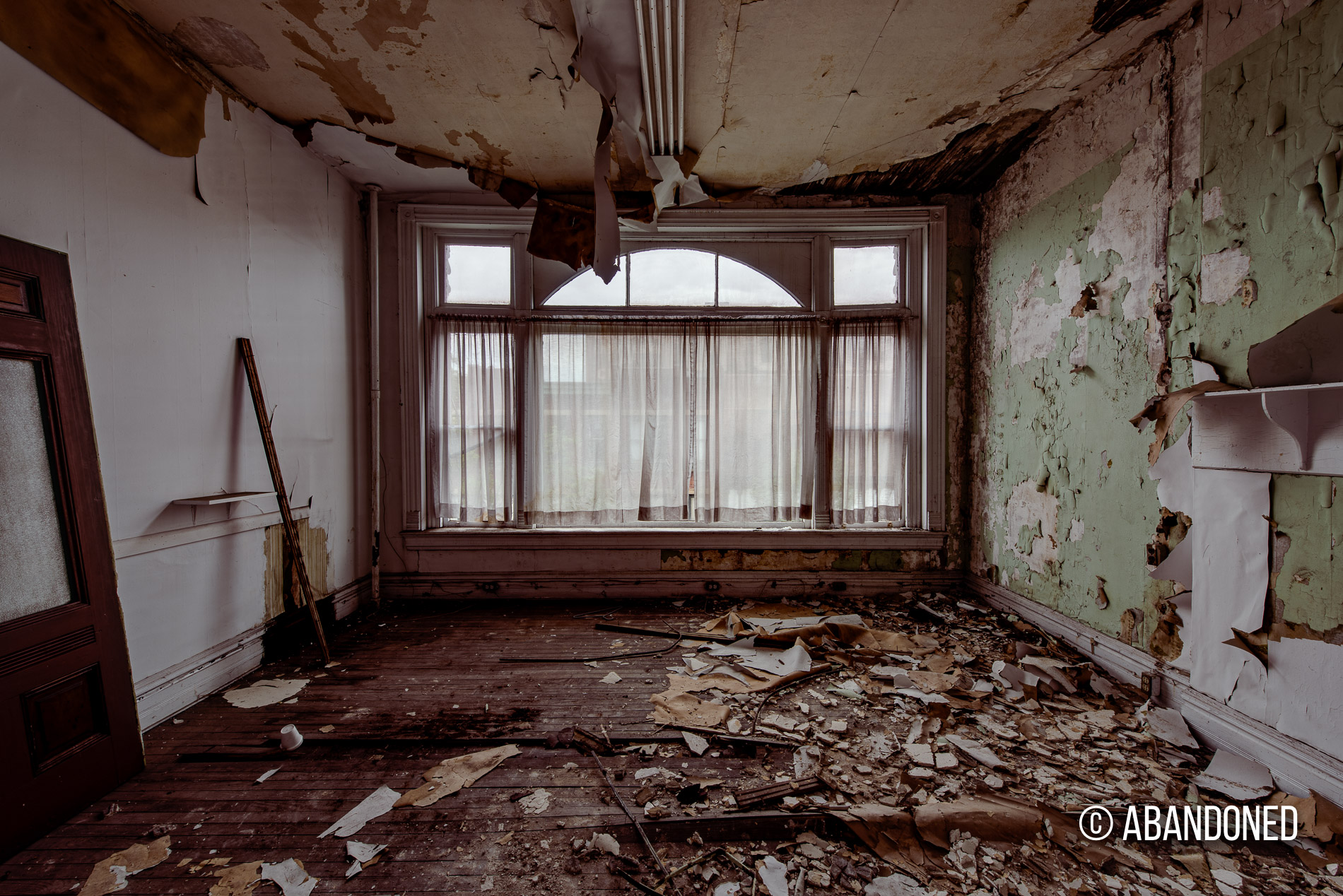

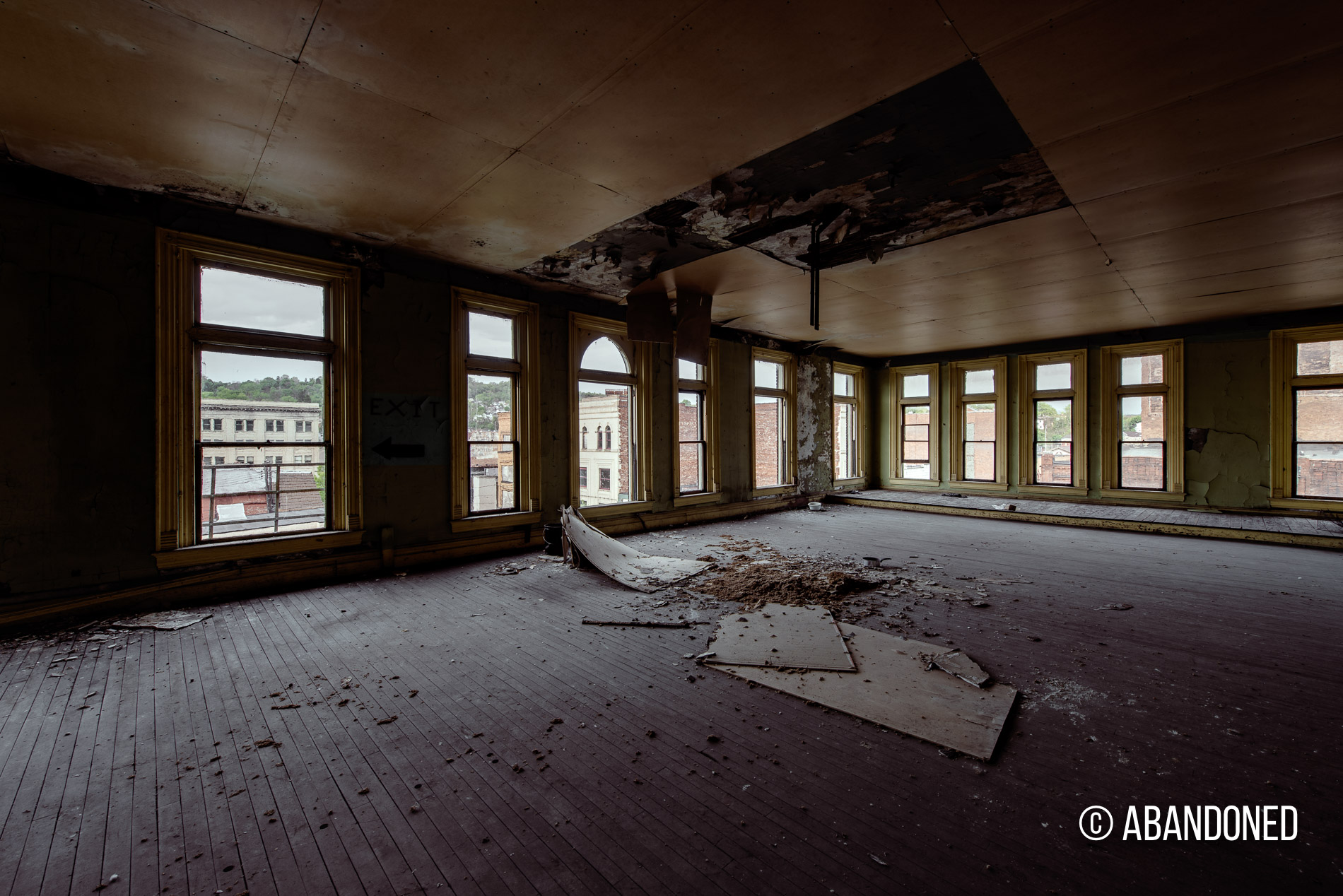
The city of East Liverpool is seeking a new identity. For far too many decades, it was reliant on one industry that secured so many to the American Dream and it has now become dependent upon hydraulic fracturing. The best hope for the region lies in the Utica and Marcellus shale that contain vast quantities of oil and natural gas accessible through fracturing, but it is an industry whose performance is dependent on world energy markets.
For 2015, the oil and gas industry employed over 2,300 people in Ohio, providing high wages and good benefits to laborers and engineers. Countless thousands are employed in supporting roles. From restarted steel mills to natural gas separation plants to ethane crackers and new pipelines, much work has been completed or is underway, All together, over $2 billion has been invested in an industry that did not exist a decade ago.
The dependency on one industry is evident within the fracturing industry. The world oil market absorbed a growth in supply from North America when hydraulic fracturing was introduced. As oil supplied from the fractured wells exceeded demand, prices dipped. They fell further when the Organization of Petroleum Exporting Countries decided not to cut back on production, pushing prices even lower. In Ohio, 712 fracturing permits were issued in 2014. During the severe price drop, only 441 permits were granted. During that same time, energy companies pulled back their drilling rigs, from a high of around 50 in 2014 to only 19 in 2015.
Fewer permits and rigs resulted in an unemployment spike in East Liverpool, tempered by new industries and businesses opening in western Pennsylvania. Of notable interest is the ethane cracker plant and a burgeoning commercial sector about 30 minutes east in Monaca, Pennsylvania but it pales in comparison to what once was.
As has been exhibited with other boom-and-bust towns, the decline of a singular economy is usually irreversible. East Liverpool will most likely continue its population decline until finding a natural settling point that is harmonious with the type of jobs that are available in the region.

 order your copy of Access All Areas today!
order your copy of Access All Areas today!



































